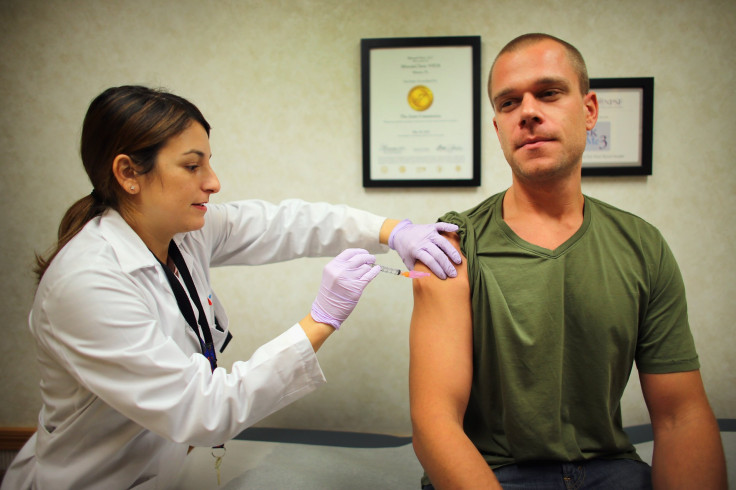Flu Season 2015: New Model Tracks Virus More Accurately Than Google Flu Trends

A team of Harvard statisticians has come up with a new way to track the flu virus using Internet search data, the Harvard Gazette reported Monday. The system uses a method that has been used before -- tracking searchers for key words and phrases -- but has coupled it with additional data to improve its accuracy.
The new model, ARGO (AutoRegression with Google search data), was published in the Proceedings of the National Academy of Sciences and was built on Google Flu Trends, which was Google’s flu tracking model that emerged in 2008 but discontinued last August. The predictions that developed from Google Flu Trends often missed the retrospective analysis of the U.S. Centers for Disease Control and Prevention (CDC), and its demise ultimately resulted from an underestimate of the 2009 H1N1 swine flu outbreak and a massive overestimate of the 2012-13 flu season’s cases, according to Ars Technica. One of the major issues with Google Flu Trends is that it did not account for changes in people’s search behavior.
“If I want to search for something, I do it better now than I did two years ago. Besides, Google’s search engine evolves, and so does the interaction between people and the engine,” said Samuel Kou, a statistics professor at Harvard and co-author of the new study, the Harvard Gazette reported.

ARGO, however, reportedly accounts for changes in Google’s search engine and shifts in search behavior. The new model also combines Google data with historical records from the CDC and information on seasonality of the flu. The team of researchers is reportedly working to make ARGO widely available. David Lazer, an expert in computational social science at Northeastern University, told Ars Technica that he sees such models, in the future, being improved by adding more sources of data from Twitter, Facebook and other sites.
"There’s tremendous value in big data,” said Lazer, Ars Technica reported. “But we have to think carefully about the distinctive types of noise that comes in.”
This flu season, the CDC said, manufacturers will distribute more flu vaccines in the U.S. than ever before -- a projected 171 million to 179 million doses this year, CNBC reported, amounting to $1.61 billion in revenue, according to industry researcher IMS Health. Manufacturer CSL estimated that the market for influenza vaccines globally is $4 billion.
© Copyright IBTimes 2025. All rights reserved.






















